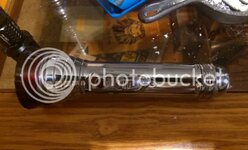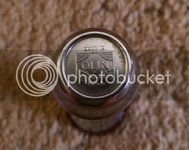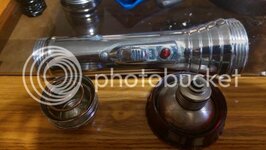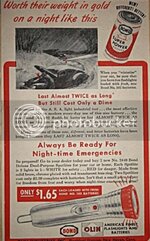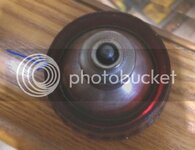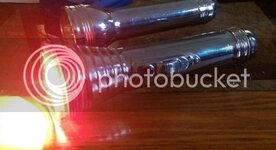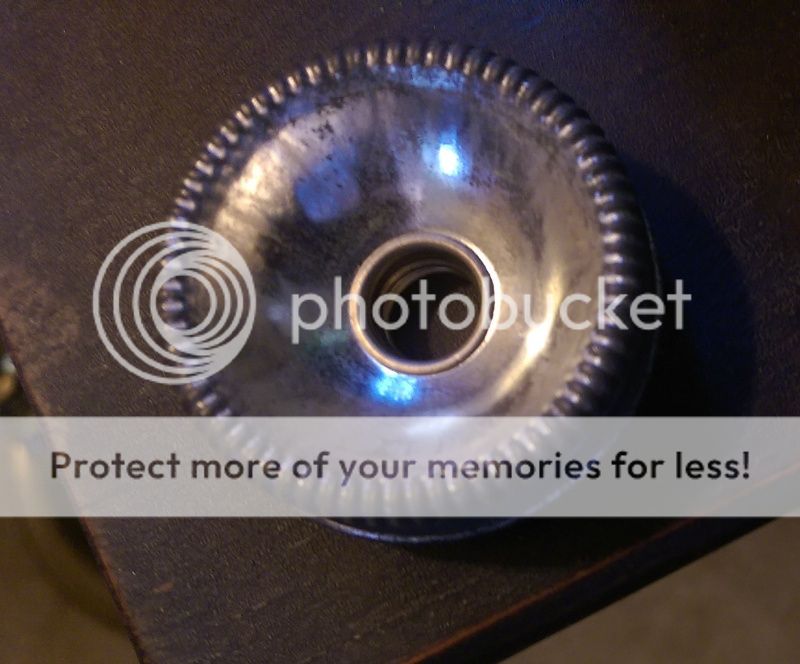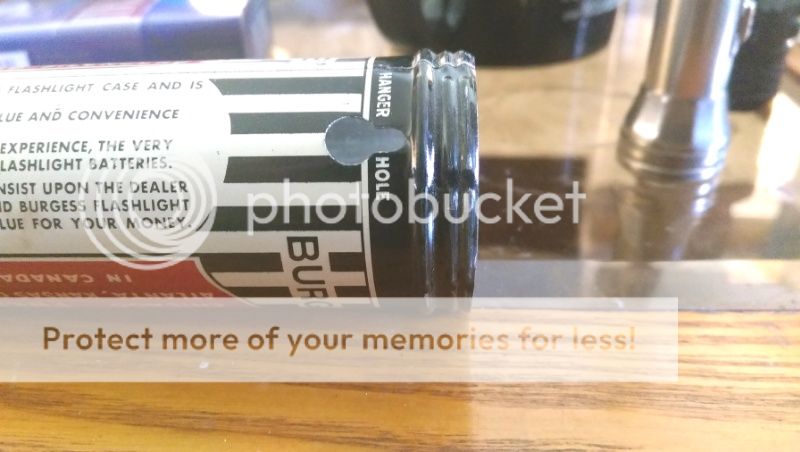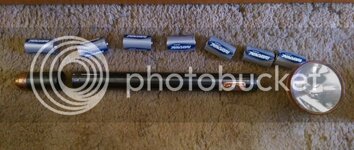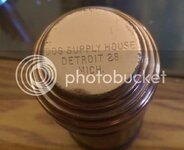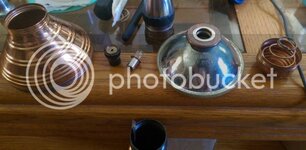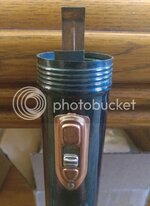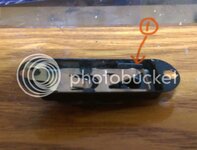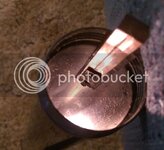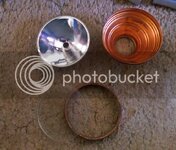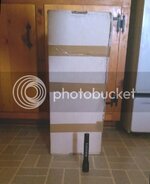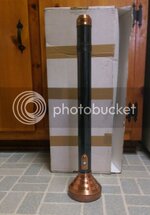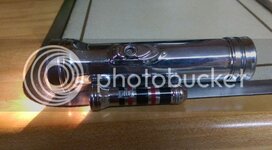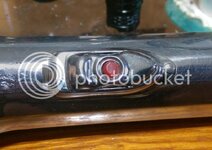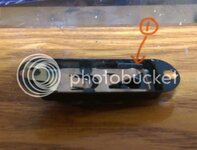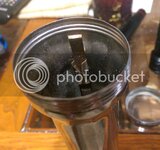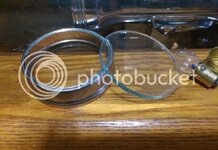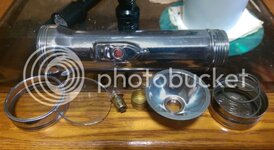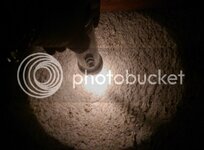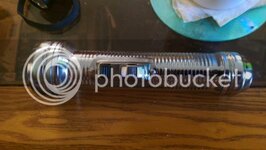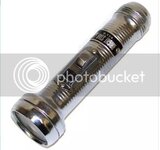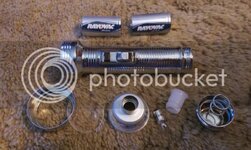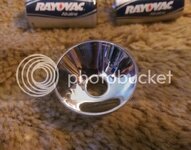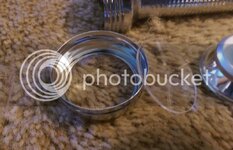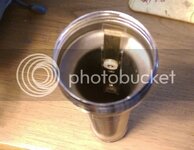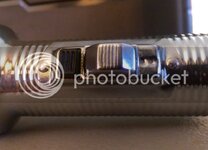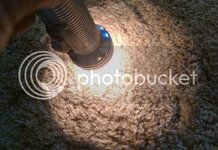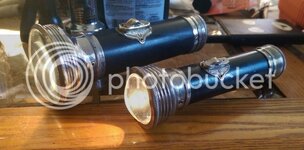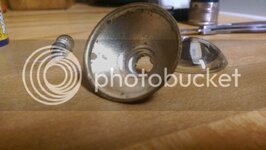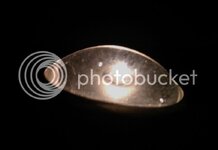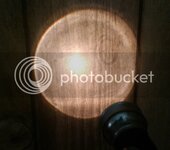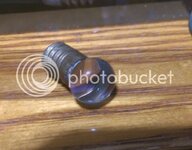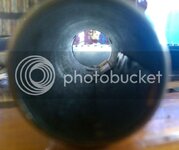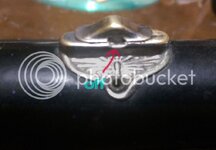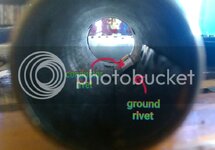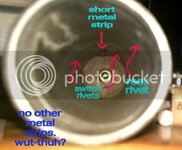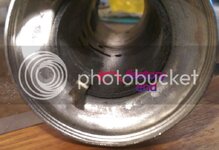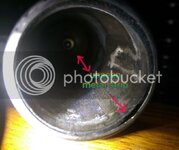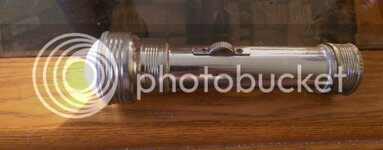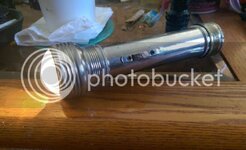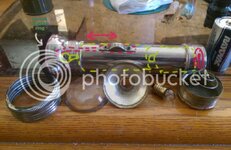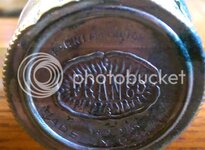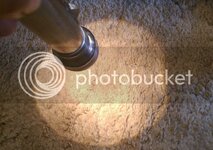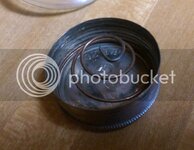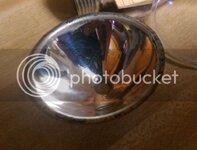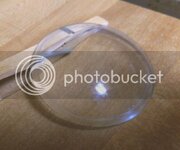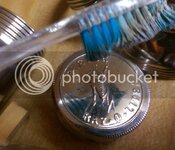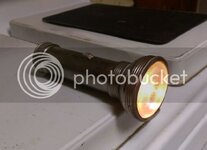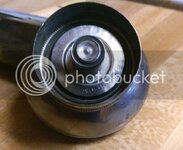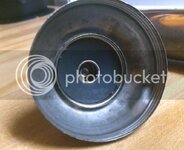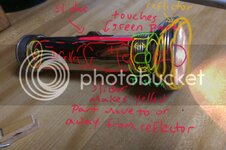This one is a little off the beaten path as it were.
It's a post to show how the Asian made light has evolved.
A short back story.
As a kid all things American were considered superior. Most were well made items of high quality and durability. Asian made things were considered junk. This post will show some of why that was the thinking.
Now as time passed and manufacturing required faster, cheaper products churning out of American factories for a host of reasons I won't go into, quietly behind the scenes those Asian folks were getting good at copying us Yanks.
As you well know made in America is getting rarer by the day. Made in China is the norm.
In general we still invent everything. But they can make it at least as well for a lot less.
Recently at eBay I noticed a couple of vintage lights I thought perfect for this post. So I scooped them up.
First off the 2D Terra. The epitimy of why folks thought of Asian made as junk. But these days with CNC made everything the flaws are part of the charm.

Here it is versus a typical post 2000 light.
Note the crooked switch.
It's a 3 mode switch that when attempting to stop halfway is futile at best.
But I loved the paint job. They placed a thick coating over rippled junk metal to give it a smooth finish over a balled up alluminum foil now flattened appearance.
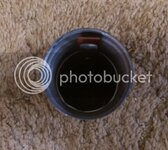
It aint even round.

At either end
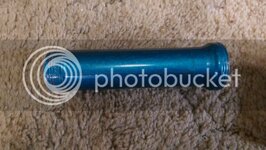
And a seem? Are you kidding?
Inside the seem is well tucked together.
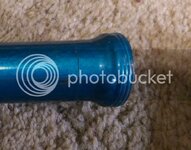
Hand made joint is cool today.
But in the past it was seen as inferior.
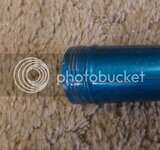
Threads don't match.
Good thing they were practically non existent. It's already difficult to replace the tail cap without cross threading.

Poorly machined bulb holder and non matching nail hook.
But all in all this thing puts out a pretty good amount of light with the supplied PR4.
Served a purpose in darkness.
Now the later 555 shows they were getting their act together.

This late 1960's, early 70's light showed flare of days gone by with a quality that met US made stuff that was beginning to achieve junk status by then.
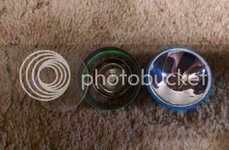
Note the lens cushion.
Instead of the felt/ cardboard ring around the reflector they used a cushion-y material between the bezel and lens.
Also note the innovative tailcap innerds.

Substantial parts n pieces there.
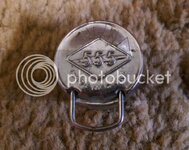
Hideaway nail hook.
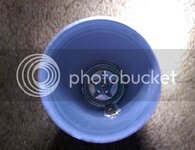
Good machinery and fastening inside.
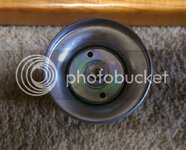
Durable fixed bulb assembly

And the threads...
Quick battery swap is a breeze due to buttery smooth, accurate threads on the light at each end as well as items to be fastened.
Meanwhile American lights, even those by Burgess and other top quality makers had taken on a 'cheap' feel and lacked character.
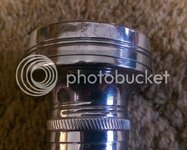
Also note this was a focus changer.
This light, although made around the time Johnson or Nixon were president had a flare from American lights of the 1920's, 30's and 40's.
So by then Asian made good were quietly entering the US market. They costed less (due to the Asian made reputation as much as anything) yet were at least as good.
Fast forward to today...
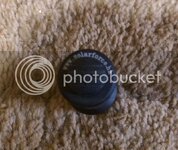
And this is a typical $10 flashlight made in China.
It's a post to show how the Asian made light has evolved.
A short back story.
As a kid all things American were considered superior. Most were well made items of high quality and durability. Asian made things were considered junk. This post will show some of why that was the thinking.
Now as time passed and manufacturing required faster, cheaper products churning out of American factories for a host of reasons I won't go into, quietly behind the scenes those Asian folks were getting good at copying us Yanks.
As you well know made in America is getting rarer by the day. Made in China is the norm.
In general we still invent everything. But they can make it at least as well for a lot less.
Recently at eBay I noticed a couple of vintage lights I thought perfect for this post. So I scooped them up.
First off the 2D Terra. The epitimy of why folks thought of Asian made as junk. But these days with CNC made everything the flaws are part of the charm.

Here it is versus a typical post 2000 light.
Note the crooked switch.
It's a 3 mode switch that when attempting to stop halfway is futile at best.
But I loved the paint job. They placed a thick coating over rippled junk metal to give it a smooth finish over a balled up alluminum foil now flattened appearance.

It aint even round.

At either end

And a seem? Are you kidding?
Inside the seem is well tucked together.

Hand made joint is cool today.
But in the past it was seen as inferior.

Threads don't match.
Good thing they were practically non existent. It's already difficult to replace the tail cap without cross threading.

Poorly machined bulb holder and non matching nail hook.
But all in all this thing puts out a pretty good amount of light with the supplied PR4.
Served a purpose in darkness.
Now the later 555 shows they were getting their act together.

This late 1960's, early 70's light showed flare of days gone by with a quality that met US made stuff that was beginning to achieve junk status by then.

Note the lens cushion.
Instead of the felt/ cardboard ring around the reflector they used a cushion-y material between the bezel and lens.
Also note the innovative tailcap innerds.

Substantial parts n pieces there.

Hideaway nail hook.

Good machinery and fastening inside.

Durable fixed bulb assembly

And the threads...
Quick battery swap is a breeze due to buttery smooth, accurate threads on the light at each end as well as items to be fastened.
Meanwhile American lights, even those by Burgess and other top quality makers had taken on a 'cheap' feel and lacked character.

Also note this was a focus changer.
This light, although made around the time Johnson or Nixon were president had a flare from American lights of the 1920's, 30's and 40's.
So by then Asian made good were quietly entering the US market. They costed less (due to the Asian made reputation as much as anything) yet were at least as good.
Fast forward to today...

And this is a typical $10 flashlight made in China.
Last edited:


